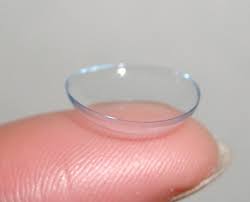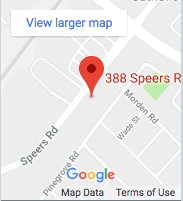 Contact lens fittings are not part of a routine eye exam, so you should not expect to be given a contact lens prescription at the end of the exam. The only exception would be if you already wear contact lenses. In that case, your eye doctor will issue you an updated prescription for contact lenses, but only if he/she was the one who fitted you for them in the first place.
Contact lens fittings are not part of a routine eye exam, so you should not expect to be given a contact lens prescription at the end of the exam. The only exception would be if you already wear contact lenses. In that case, your eye doctor will issue you an updated prescription for contact lenses, but only if he/she was the one who fitted you for them in the first place.
Separate Visit Needed
An eye exam that includes fitting you for contact lenses is typically done during a separate office visit when your pupils aren’t dilated. Such an exam can be done by the same eye doctor who did your routine eye exam or by a different eye care professional, but it’s better to be fitted by the same doctor that performed your routine eye exam to avoid incurring additional expense.
If you have your contact lens exam done at a different location, the eye care professional there may want to repeat certain tests that you’ve already had done. This is done for the following reasons:
- To avoid liability
- To verify the accuracy of your eyeglass prescription
- To make sure your eyes are healthy enough to wear contacts
Be sure to ask if additional fees will be charged to repeat testing already performed during your eye exam, if you go somewhere else for your contact lens exam after having a routine eye exam.
Contact Prescriptions are Different
It’s important to note that you cannot use your eyeglass prescription to get contact lenses. However, an eyeglass prescription gives your eye doctor a starting point for determining the power of your contact lenses.
Contact lens prescriptions and eyeglass prescriptions are significantly different because eyeglass lenses are situated approximately 12 millimeters from the eyes, whereas contact lenses rest directly on the surface of the eyes. Two separate prescriptions are needed if you want to wear both contact lenses and eyeglasses.
Added Specifications for Contacts
A contact lens prescription contains additional specifications not included for eyeglass prescriptions. These specifications can only be determined after a complete contact lens exam and fitting. They include the following:
- Base Curve or BC is the curvature of the back surface of the contact lens and is determined by the shape of your cornea so that the lens is not too tight or too loose.
- The lens diameter (DIA) indicates the overall size of the lens and helps to determine how the lens fits.
- The lens brand and material must be stated on a contact lens prescription because each lens material has a precise degree of oxygen permeability or “breathability”, which is important if you want extended wear contacts.
- A contact lens prescription is generally valid for one year and you will need to revisit your eye doctor when it expires to have the health of your eyes rechecked before you can buy new contacts.

